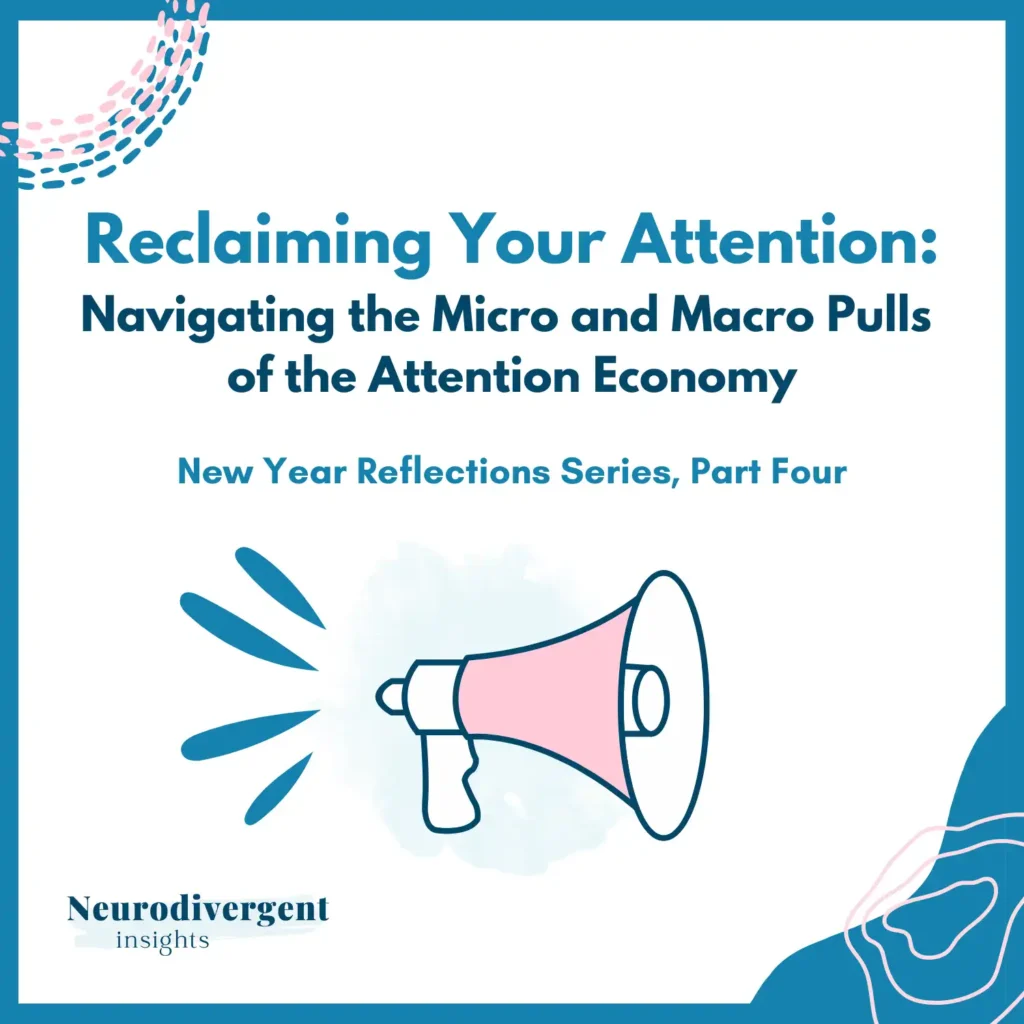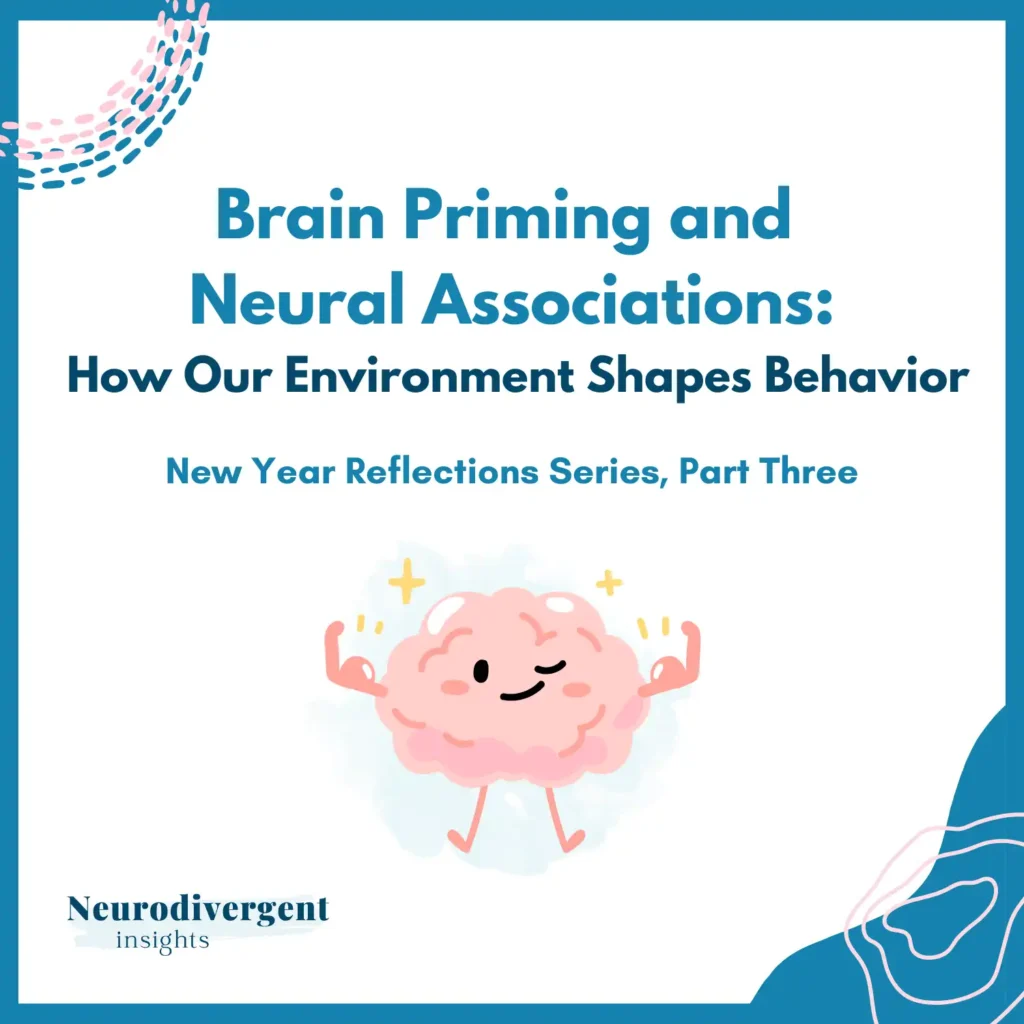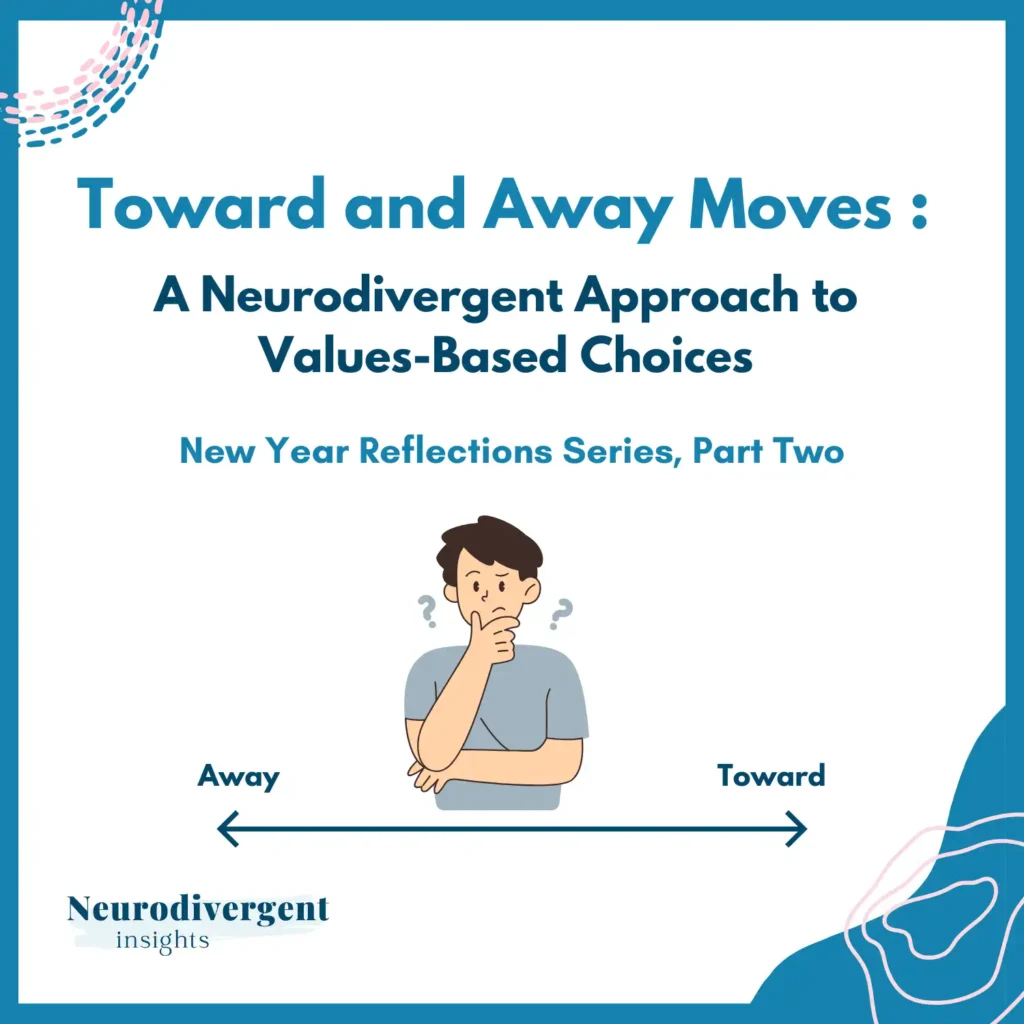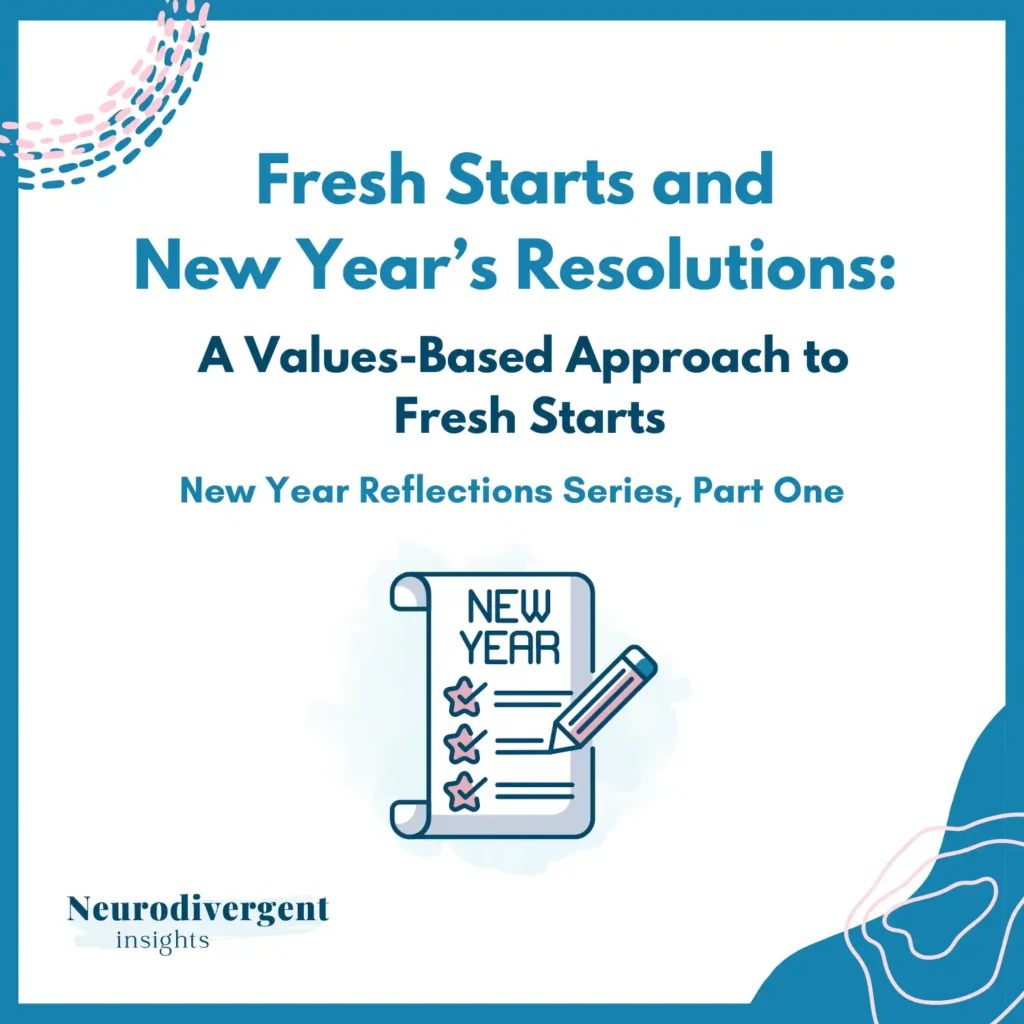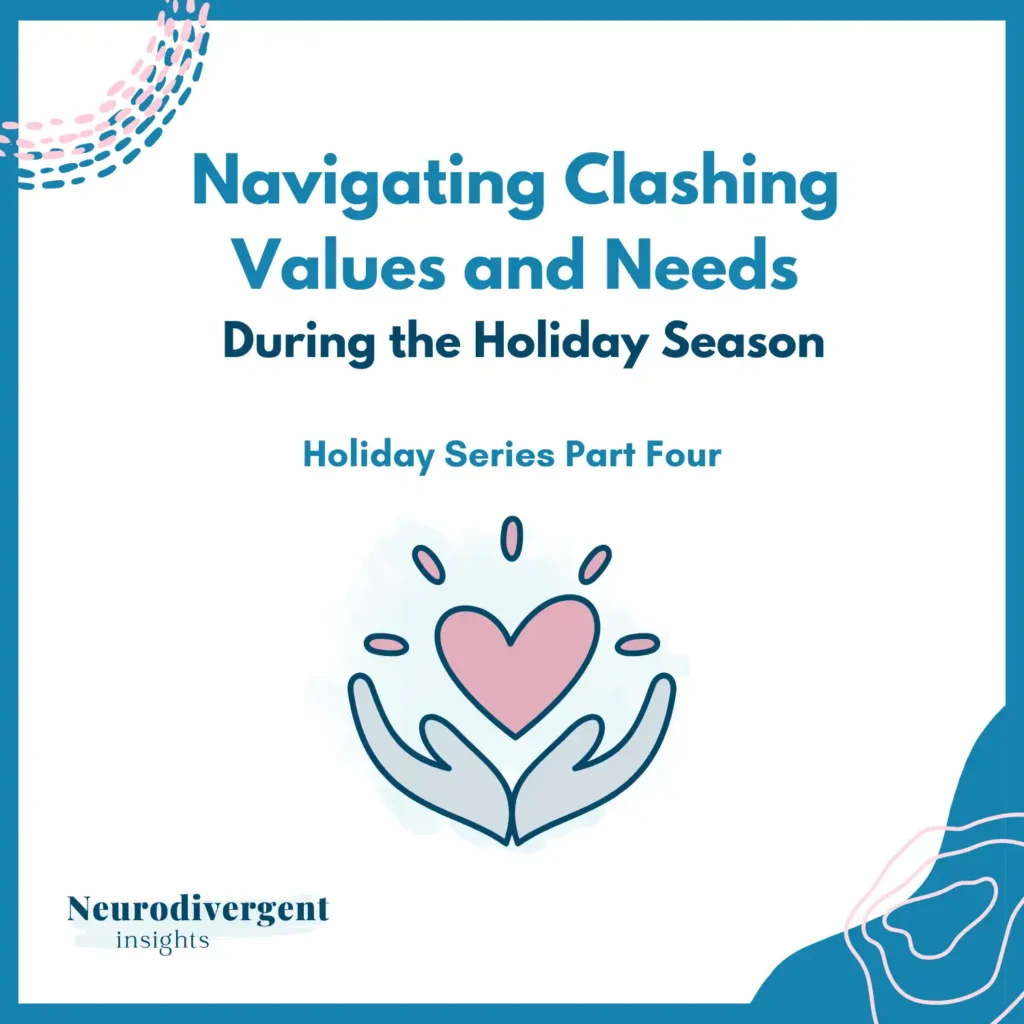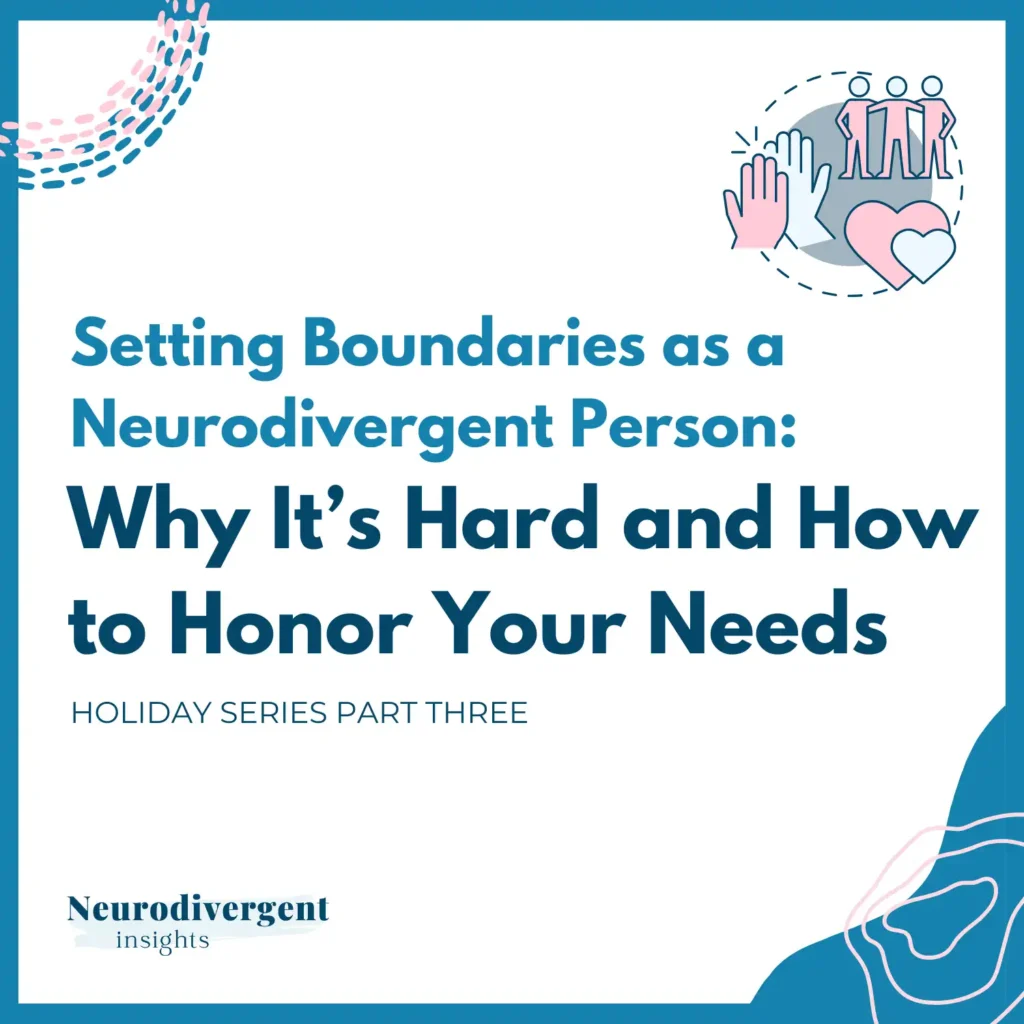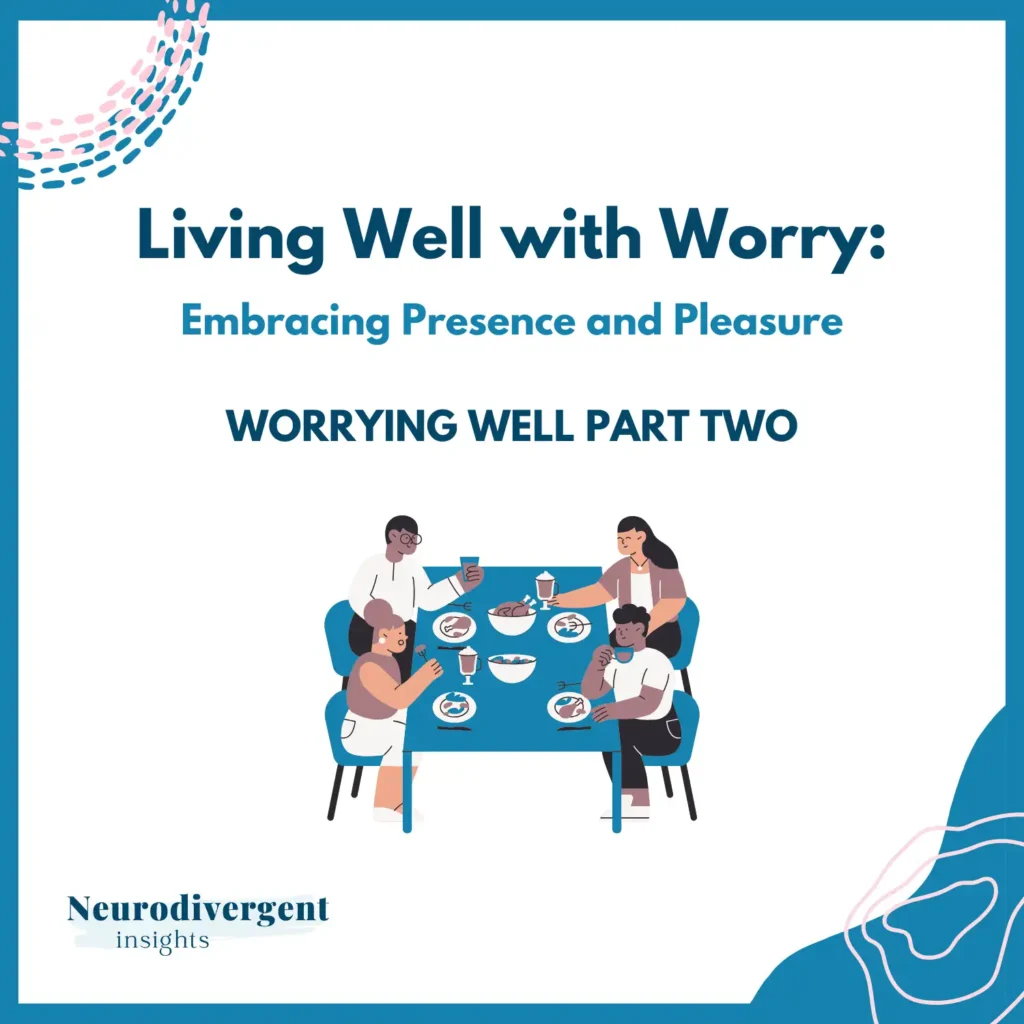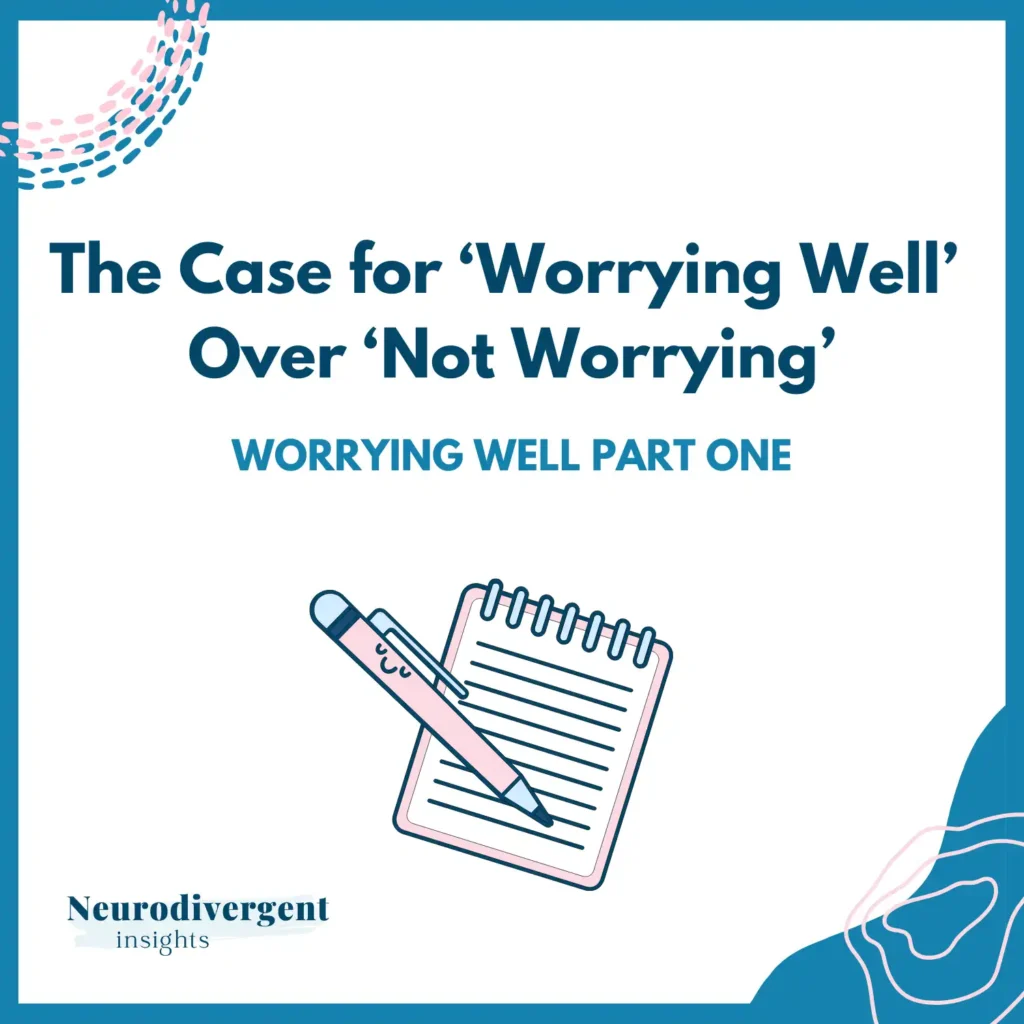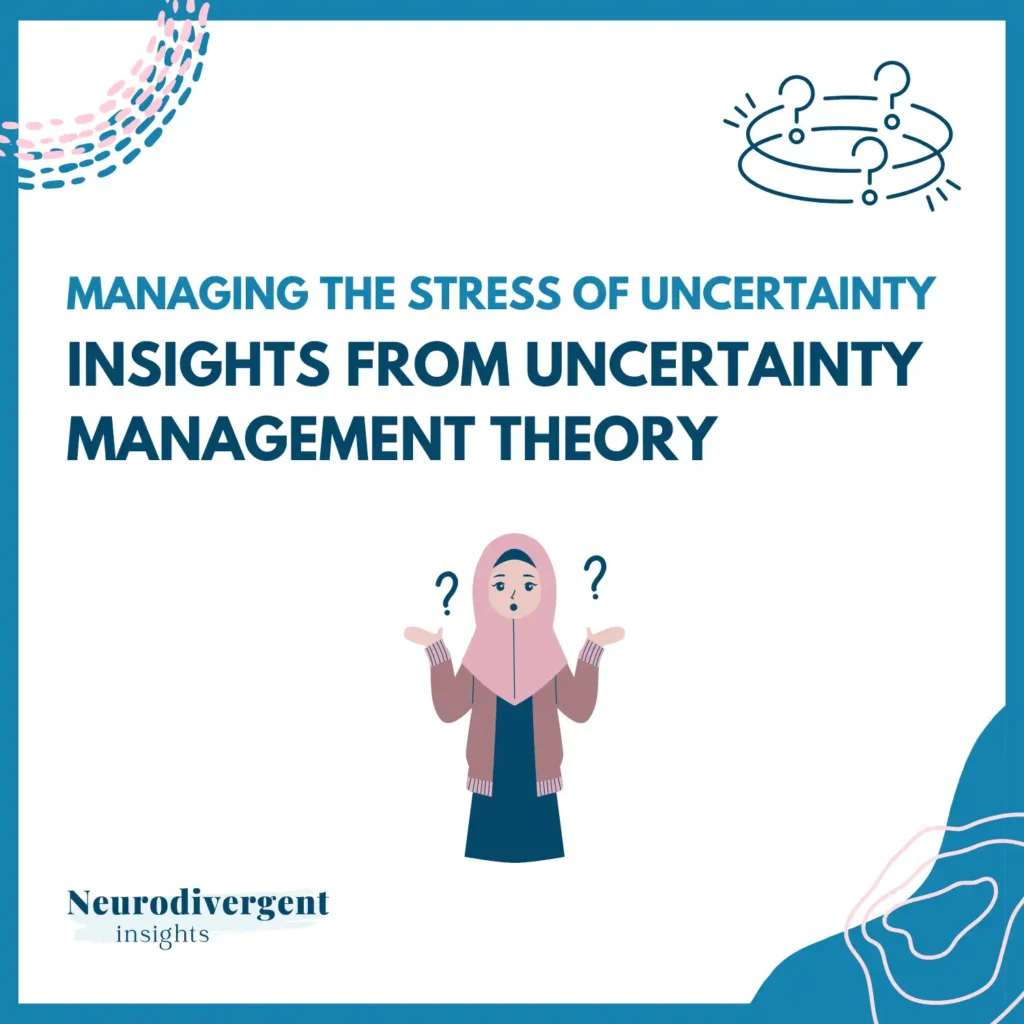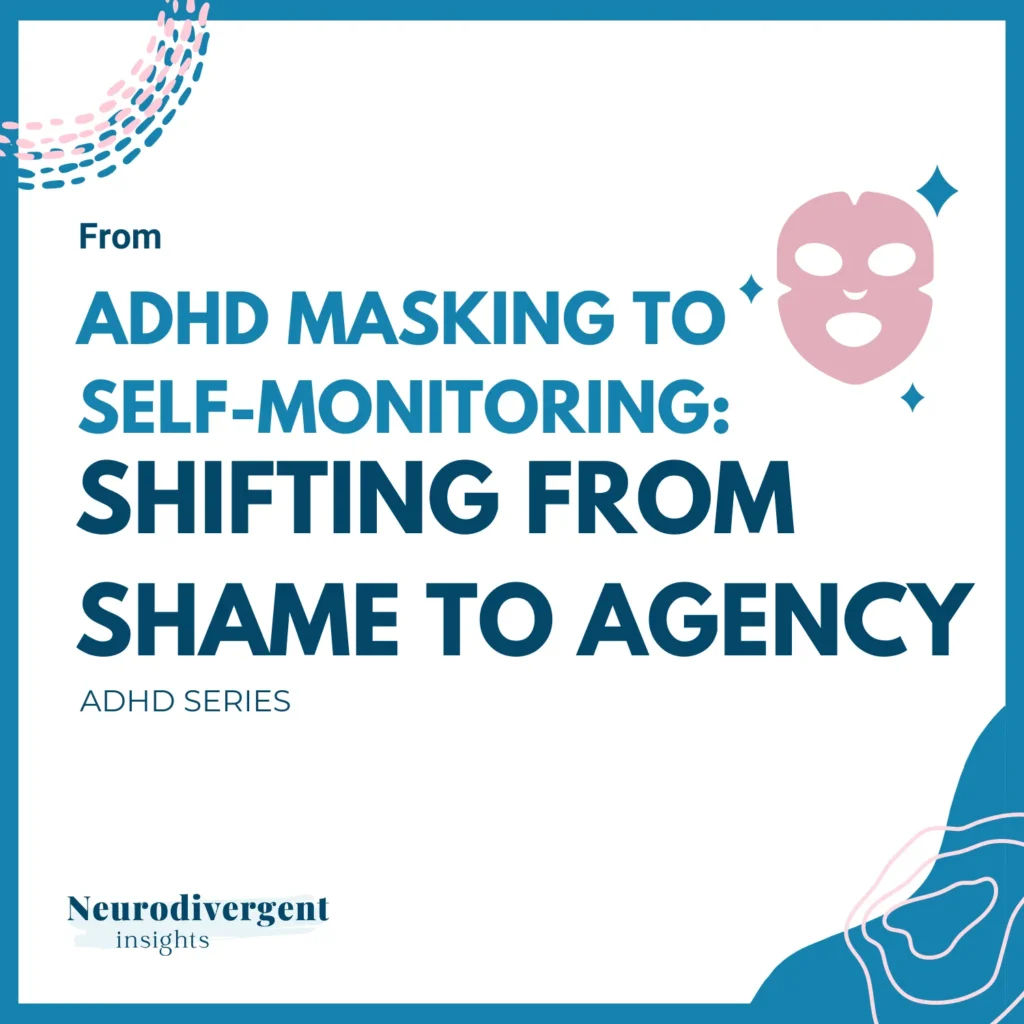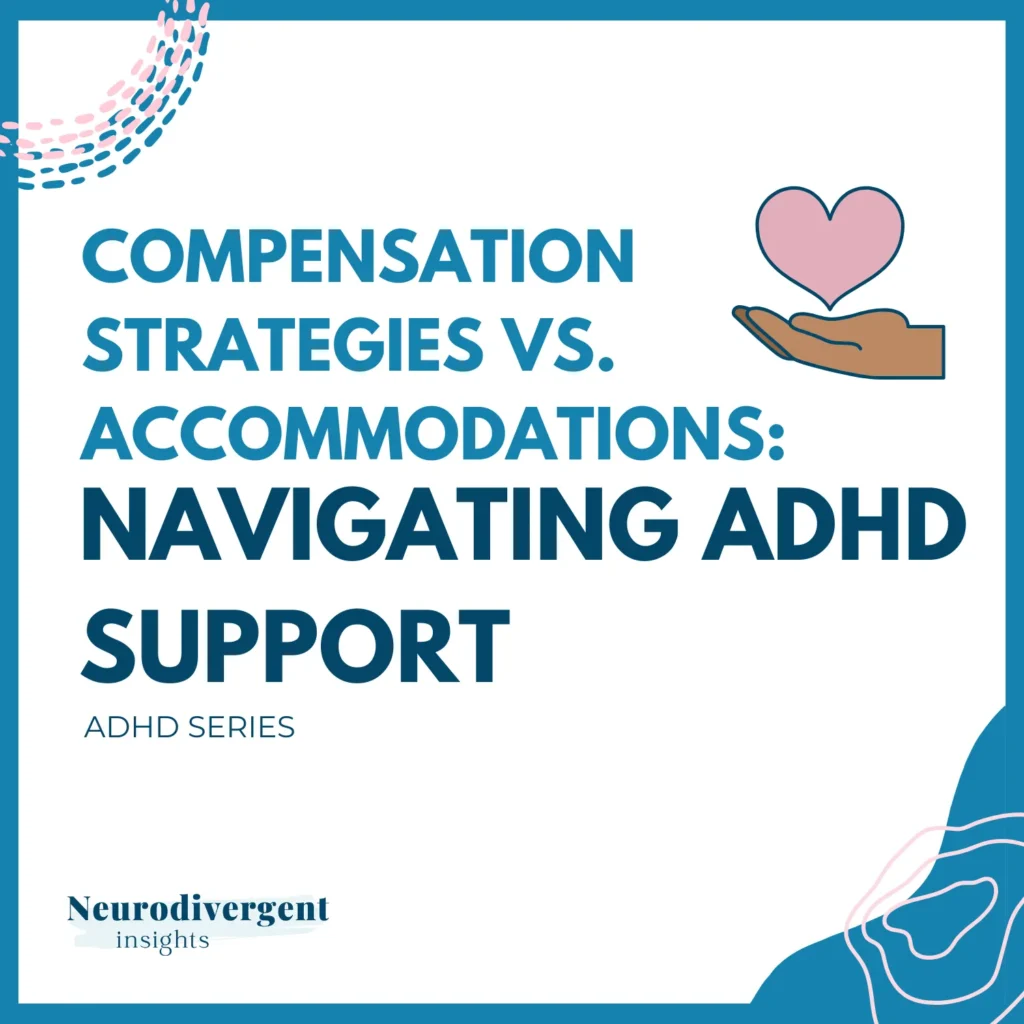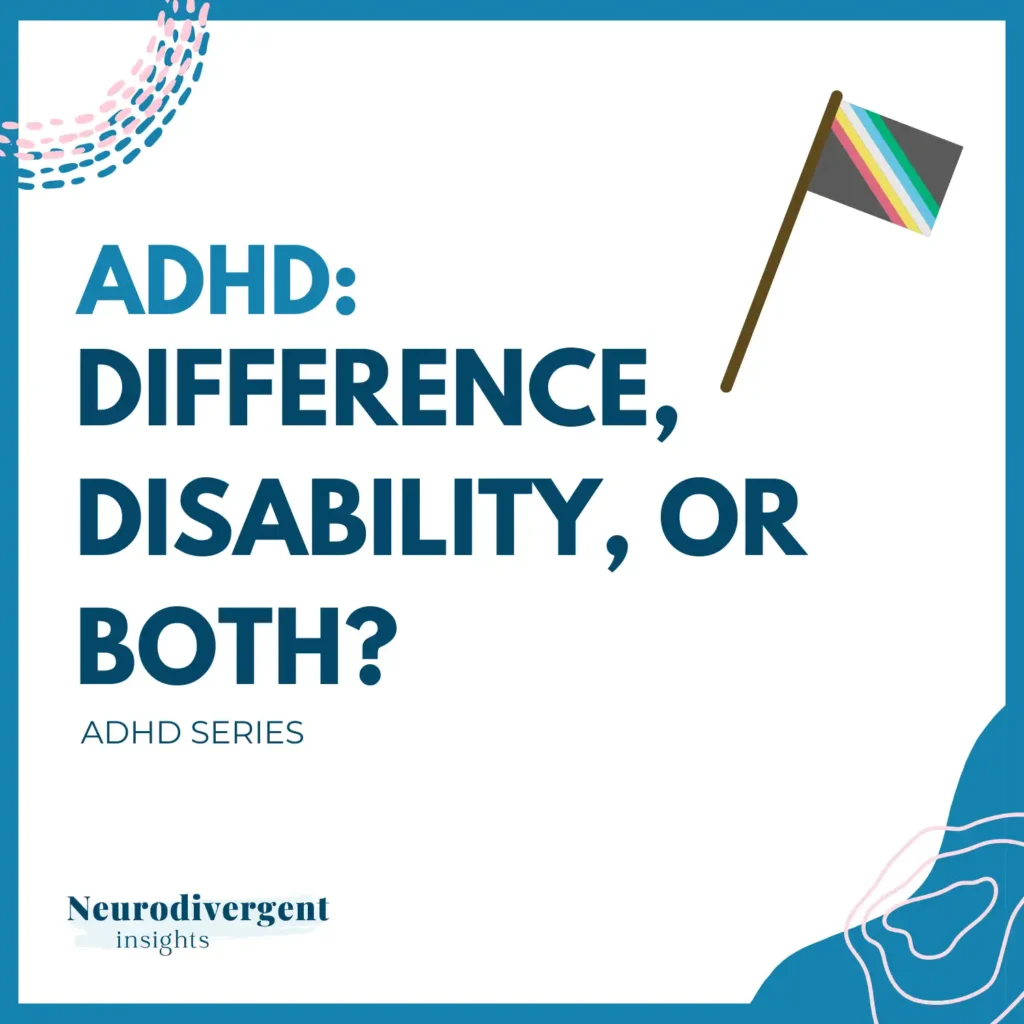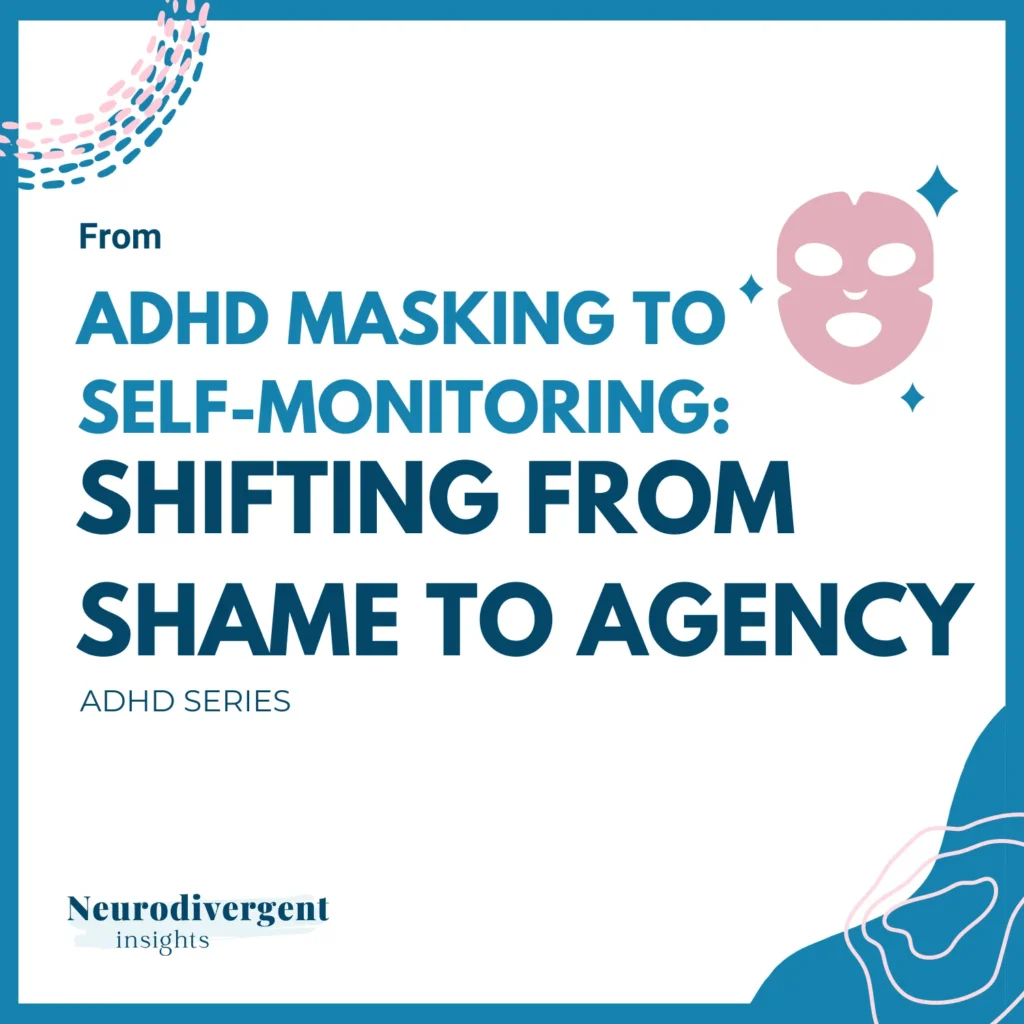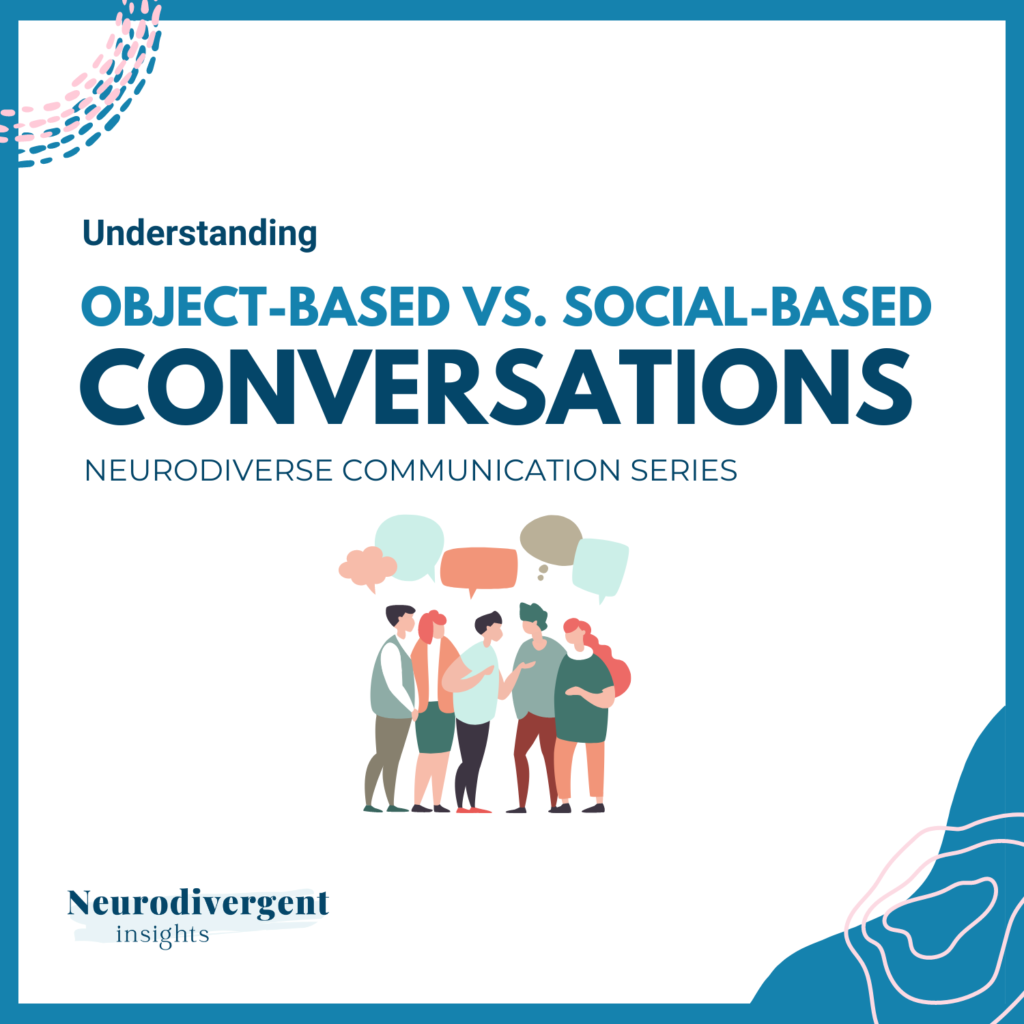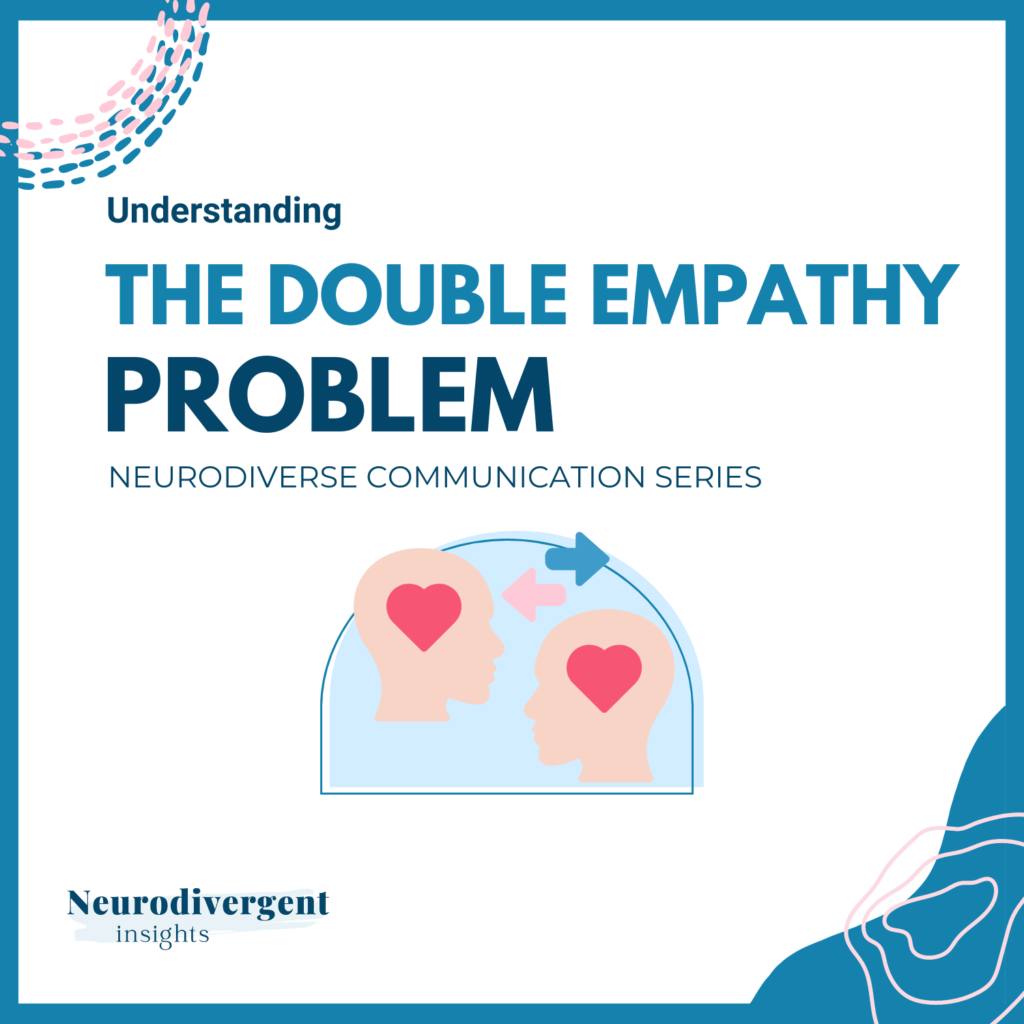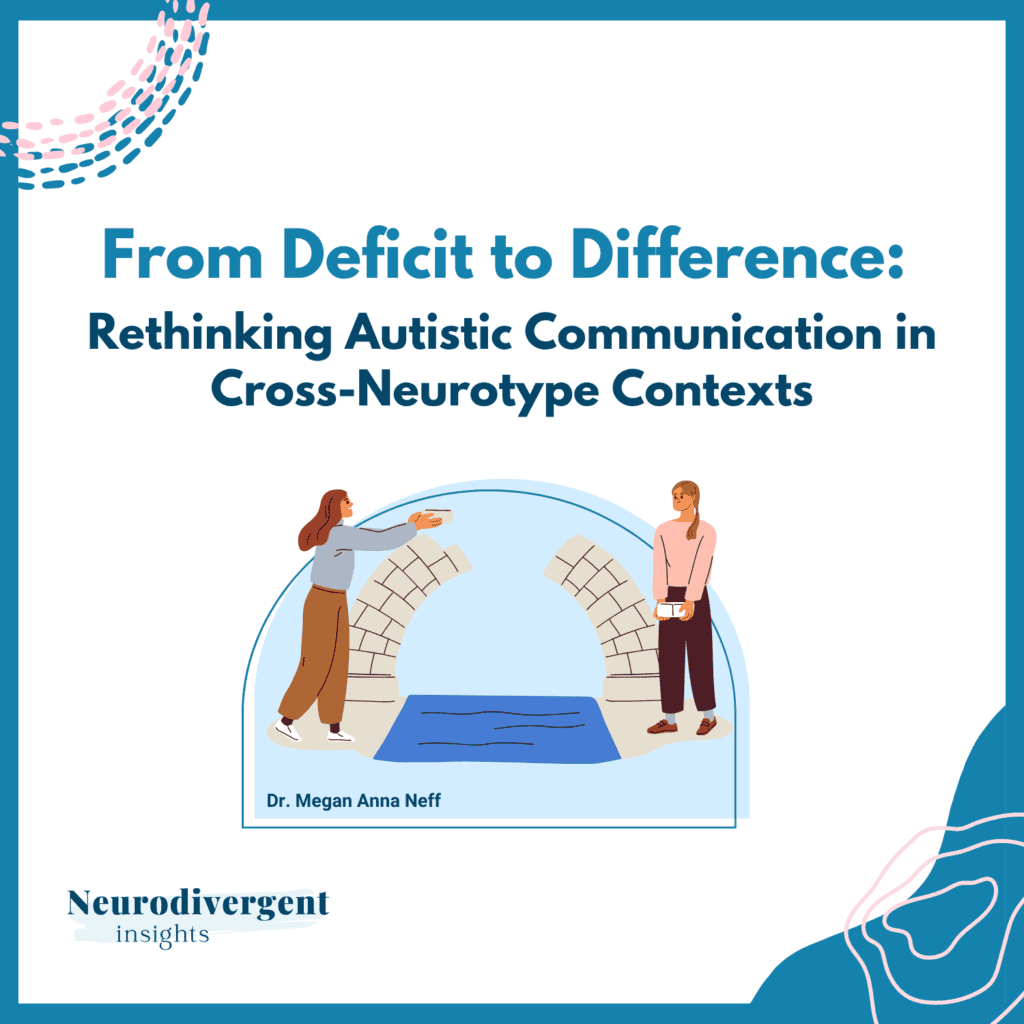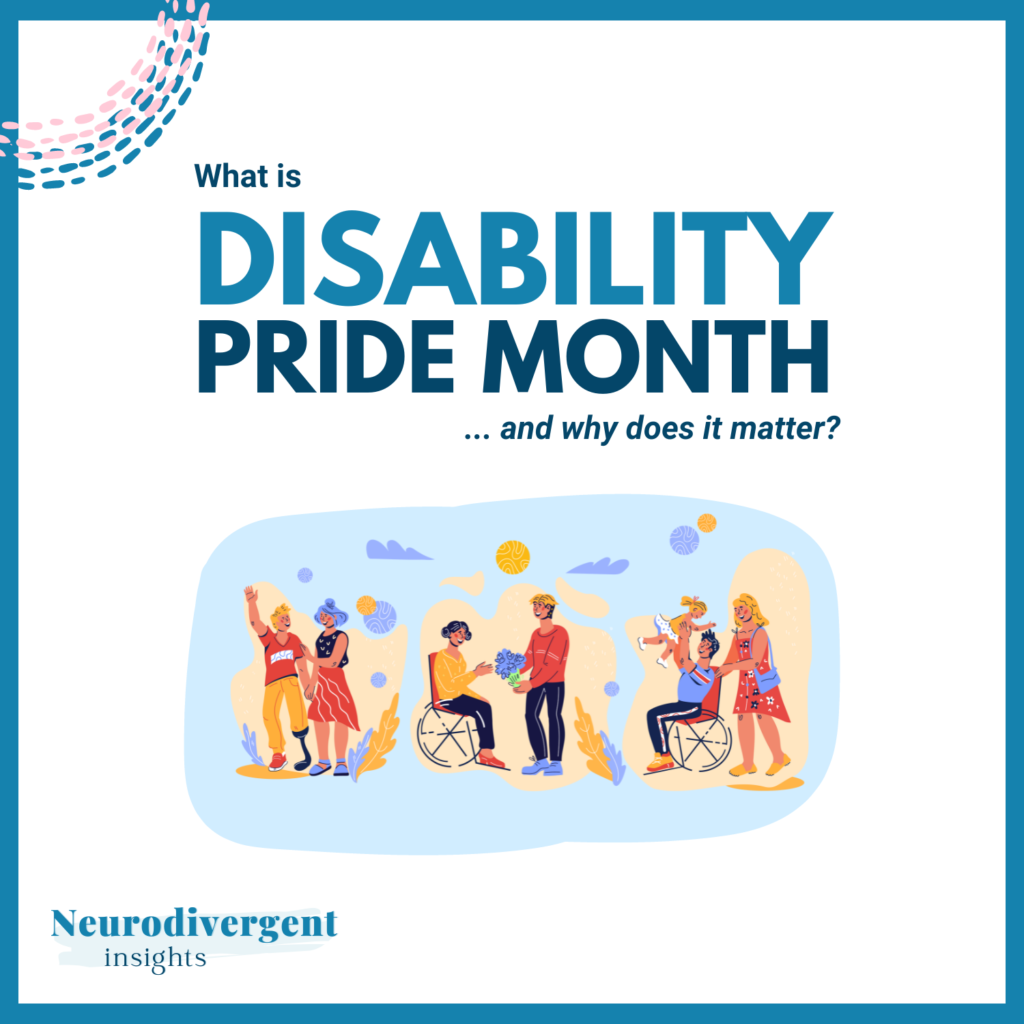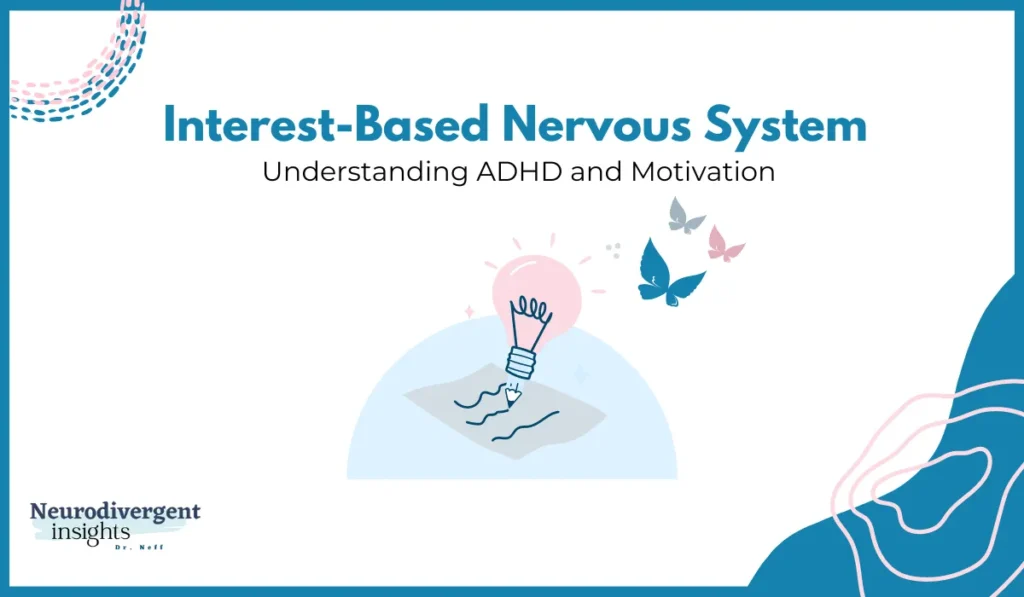
ADHD is often associated with difficulties in starting, completing, and initiating tasks. Case in point — I should be working on finishing my manuscript that is due Friday. But the topic of interest-based nervous systems has caught my interest, so instead of completing the important task, I’m side-questing today and writing about interest-based systems (I know this is all so very meta).
Okay; so ADHD is characterized by difficulty with doing things. But here’s a question:
“If you could get engaged and stay engaged, has there ever been anything you couldn’t do?”
This question, posed by Dr. William Dodson to many of his ADHD clients, highlights a core aspect of ADHD that is frequently misunderstood.
The challenge often lies not in performing the tasks but in getting motivated and engaged. Dr. Dodson notes that the majority of ADHDers respond with: “If I can get engaged, I can do anything.” Once we are motivated, we can harness immense power, creativity, out-of-the-box problem-solving, and deep focus. The problem is getting ourselves engaged! This is where the concept of the interest-based nervous system comes in, which we will dive into today. Over the next few weeks in this series, we will discuss the core drivers of ADHD and ideas for how to work with an interest-based nervous system.
The Interest-Based Nervous System Explained
The term “interest-based nervous system,” coined by Dr. Dodson, contrasts with the traditional importance-based system dominant among neurotypical people. An interest-based nervous system is motivated by tasks based on interest, passion, fascination, wonder, and play. The worlds of passion, curiosity, and interest are essential motivators for ADHDers and this explains why we struggle with conventional work and educational structures, typically designed around an importance-based model.
Interest-Based vs. Importance-Based Systems
While the interest-based nervous system drives motivation through personal engagement and curiosity, an importance-based system prioritizes tasks based on responsibility and external pressures.
People with importance-based systems are motivated by the significance of a task that is personally meaningful, important to someone else (like a boss or teacher), or linked to potential rewards or consequences. For instance, a task may be deemed important because it is:
Personally significant (Importance)
Important to someone they care about (Secondhand Importance)
Tied to clear rewards or penalties (Rewards/Consequences)
This system allows individuals to prioritize and arrange tasks in order of importance, helping them engage on demand, access their abilities when needed, and stay focused until the task is completed. The task doesn’t need to be immediately important for the person to engage with it effectively.
Conversely, those with an interest-based nervous system may conceptually understand the importance of tasks like cleaning or scheduling medical appointments but find it challenging to initiate them until they become urgent. Our motivation is driven by interest, novelty, play, and challenge—factors that stimulate dopamine production.
Core Motivators for the ADHD Brain
The ADHD brain thrives on several core motivators. Dr. Dodson originally used the acronym ICNU to describe these, but it has since been popularized as PINCH, a more memorable acronym. PINCH stands for:
Passion (And I like to add Play): Engaging in activities that are enjoyable and intrinsically motivating.
Interest: Focusing on tasks that are inherently fascinating and captivating.
Novelty: Seeking out new, shiny, and exciting experiences to maintain engagement.
Competition (Cooperation or Challenge): Adding an element of competition, working cooperatively, or turning tasks into challenges to make them more engaging.
Hurry (Urgency): Completing tasks under time pressure to create a sense of urgency.
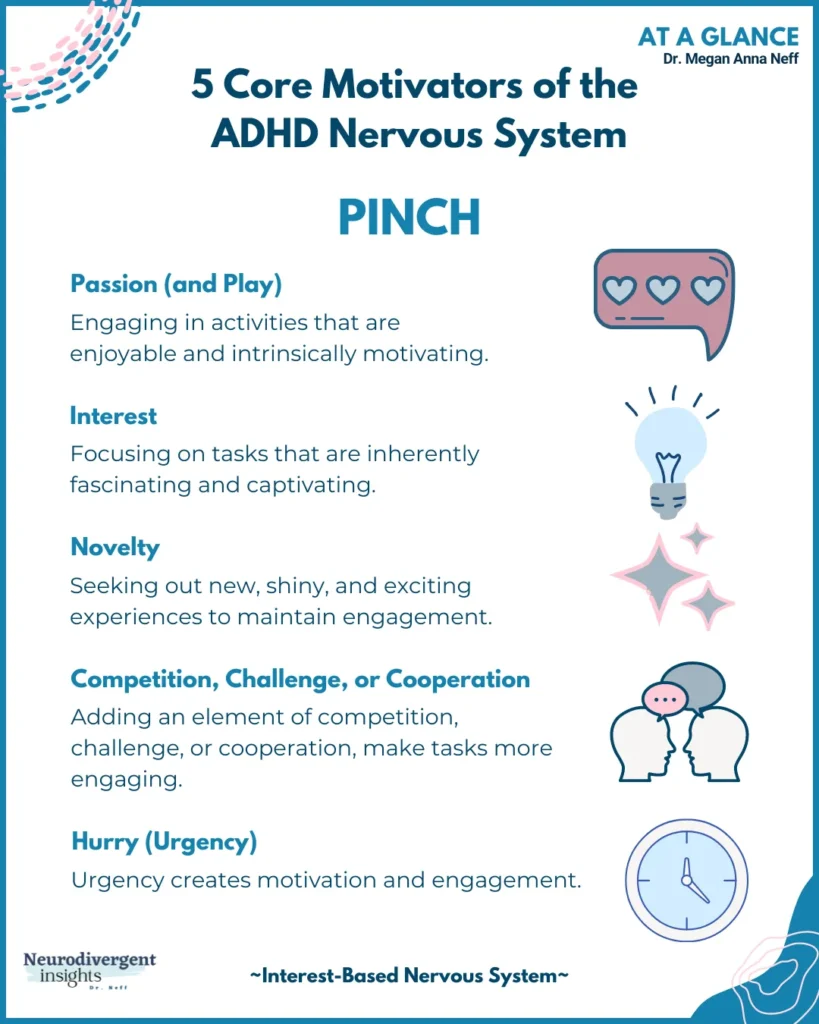
Challenges in a Society Designed for Importance-Based Systems
Unfortunately, most societal systems, including schools and workplaces, operate on an importance-based model. This often leads to tension and burnout for ADHDers, as the misalignment between our natural motivators and societal expectations creates significant stress and can lead to shame spirals and negative self-esteem. We often don’t understand why things that seem straightforward and simple to others pose so much challenge for us.
Complicating matters, therapeutic interventions designed to support ADHD are often built on the requirements and motivators of an importance/reward nervous system. When we respond poorly to these interventions, it often deepens the shame about not being able to “do the thing.”
Conclusion
Navigating environments (and interventions) that conflict with the ADHD brain’s motivational systems can lead to shame, exhaustion, burnout, and defeat. Learning how our interest-based nervous system works and how to work with it (rather than against it) is key to breaking these cycles of defeat and burnout. Stay tuned for our next posts where we will dive deeper into the core motivators of the ADHD brain and provide practical strategies for harnessing them effectively.
Citations
Dr. William Dodson, HOW ADHD SHAPES YOUR PERCEPTIONS, EMOTIONS & MOTIVATION, Presentation. Retrieved from: https://adhd.dk/wp-content/uploads/sites/2/2022/05/Dodson-How-ADHD-Shapes-Your-Perceptions-Emotions-.pdf

